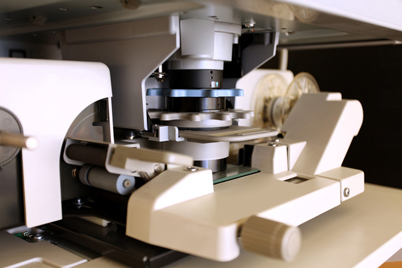
The Need for Microfilm Microfiche Scanning
Microfiche and microfilm were once the most preferred means of storing important data for businesses, libraries and governmental organizations. The massive space savings microfiche offered over paper documents made it quite a popular choice. However, the digital age has exposed the inadequacies of this kind of storage, and, while many organizations still have much of their data stored in microfiche, the conversion drive is on all over the nation.
The Microfiche
As you know, fiche generally refers to microforms that measure around 6 by 4 inches and store microfilm. Microfilm refers to images of A3 and A4-size documents stored at 24 times reduction and computer data images at 48 times reduction. With 16mm film, 5 strips can be held in a microfiche jacket while around 70 pages could get stored in a fiche. While this translates to massive space saving, you need a microfiche reader to use this data which could turn out to be quite expensive in relation to your need. Moreover, this data can’t be shared with others or brought into the document workflow of your organization. That’s where microfiche scanning services come in.
Scanning and Conversion Services
- The data from microfiche is scanned and converted to digital formats such as JPEG, TIFF, GIF, PDF, LZW and uncompressed bitmap depending on the need of the client
- The archived information can be indexed for better storage and retrieval in an electronic library
- Individual images from the fiche can also be reviewed for detailed indexing
- Microfiche documents are also converted to Word, Excel, HTML, XML, ASCII text and CSV, which are text formats
- This involves the use of OCR (Optical Character Recognition) technology to identify text from the image
The exact details of the formats to which the microfiche should be converted depend on user requirements. But it’s clear that there is a fair amount of effort and technology involved, which is why organizations outsource large scale microfiche scanning tasks.
With outsourcing by an experienced player, not only can the client organization free up more of its staff time and resources for core processes, but can also ensures cost savings and efficiency in the conversion process. You certainly don’t want the data to be misread or lost.



